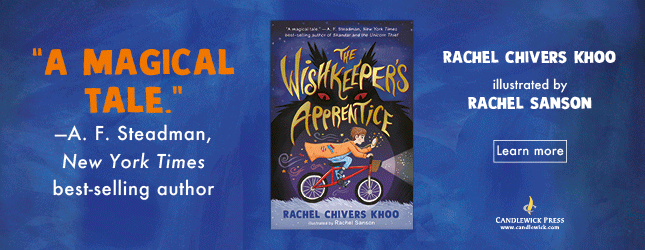Review Detail
Middle Grade Non-Fiction
502
Fantastic Resource for Dinosaur Fans
Overall rating
4.7
Writing Style
4.0
Illustrations/Photos (if applicable)
5.0
Learning Value
5.0
The subtitle of this oversize (10.5" x 14") book tells it all: When they roamed, how they lived, and where we find their fossils! Even the table of contents of this book is beautifully formatted and lays out what we will find inside; a brief discussion of dinosaurs and their times, explanations of the habitats, dinosaurs, and life of the Triassic , Jurassi, and Cretaceous periods, and then examples of dinosaur fossils found on six continents. There's even a little bit about what happened to the dinosaurs and what creatures are descended from them.
The real draw of National Geographic books is usually the gorgeous photographs; since we are dealing with time periods well before photography, we get instead excellent illustrations of the animals and their habitats. These are done in such a convincing way that I had to look closely at some of the smaller, inset pictures to tell whether or not they were photographs of modern animals! I'm not sure how illustrator Franco Tempesta created these small works of art, but they are quite impressive, not to mention a little bit scary! There are some occasional photographs, such as the skeleton of a tiny Early Jurassic Hadrocodium or modern scientists like Jack Horner.
The real draw of National Geographic books is usually the gorgeous photographs; since we are dealing with time periods well before photography, we get instead excellent illustrations of the animals and their habitats. These are done in such a convincing way that I had to look closely at some of the smaller, inset pictures to tell whether or not they were photographs of modern animals! I'm not sure how illustrator Franco Tempesta created these small works of art, but they are quite impressive, not to mention a little bit scary! There are some occasional photographs, such as the skeleton of a tiny Early Jurassic Hadrocodium or modern scientists like Jack Horner.
Good Points
Professor Steve Brusatte, a paleotologist, seems to have written most of the text, which fills the pages with trivia that will delight even the most avid dinosaur fan. I really enjoyed the tour of the continents and the dinosaurs that were found in different locations; there are excellent maps showing where these were found, as well as discussions of the areas as well as the civilians and scientists who discovered the fossils.
Other fun bits of information are scattered throughout the book, like a description of Arthur Conan Doyle's The Lost World, the difficulties of hunting for fossils in the extreme heat of the desert, and even how dinosaurs get their scientific names. Readers who love to know all of the minutiae about a topic will memorize these factoids along with the names of all of the dinosaurs in the book. To make this even easier, there is a Dino Dictionary at the end of the book taht includes the name AND pronunciation of the dinosaurs mentioned, the meaning, when they lived, and other information.
Other fun bits of information are scattered throughout the book, like a description of Arthur Conan Doyle's The Lost World, the difficulties of hunting for fossils in the extreme heat of the desert, and even how dinosaurs get their scientific names. Readers who love to know all of the minutiae about a topic will memorize these factoids along with the names of all of the dinosaurs in the book. To make this even easier, there is a Dino Dictionary at the end of the book taht includes the name AND pronunciation of the dinosaurs mentioned, the meaning, when they lived, and other information.
Comments
Already have an account? Log in now or Create an account



































